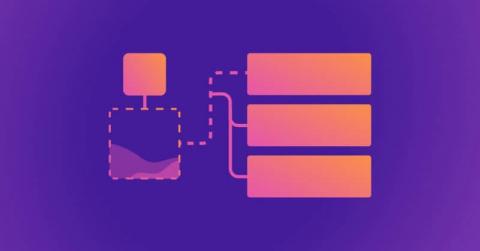How to find and fix XML entity vulnerabilities
XML is a human-readable text format used to transport and store structured data. Tags and data structures are defined by users in self-describing documents that are universally parsable by any XML tool, giving developers a highly configurable mechanism for data representation. To build on XML’s limited base syntax, an author can define the structure and acceptable content of a document’s data using a document type definition (DTD).









